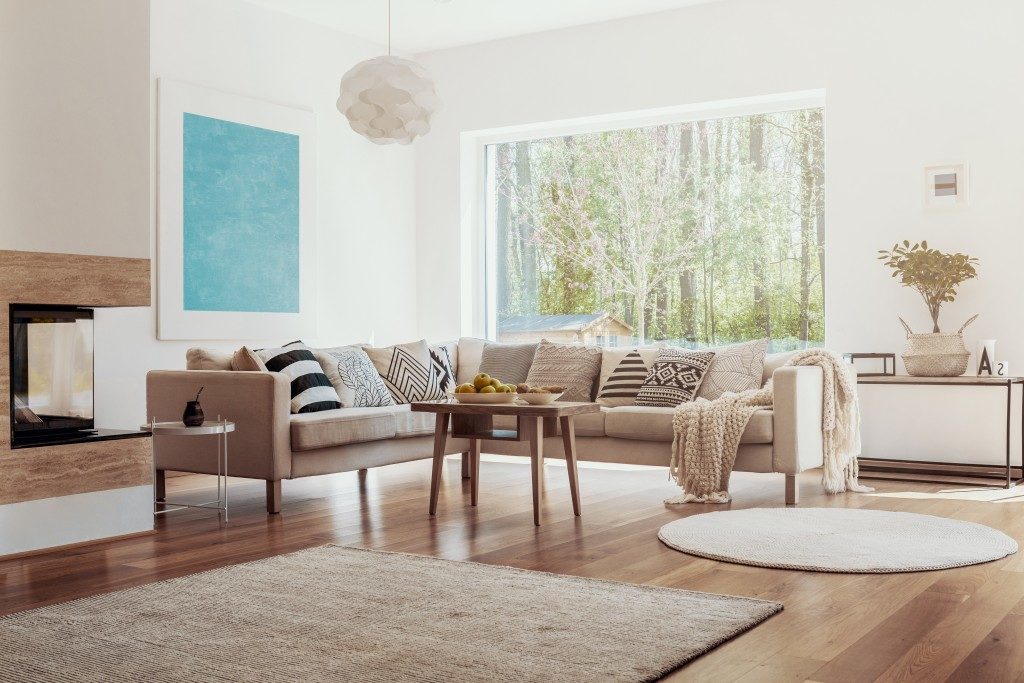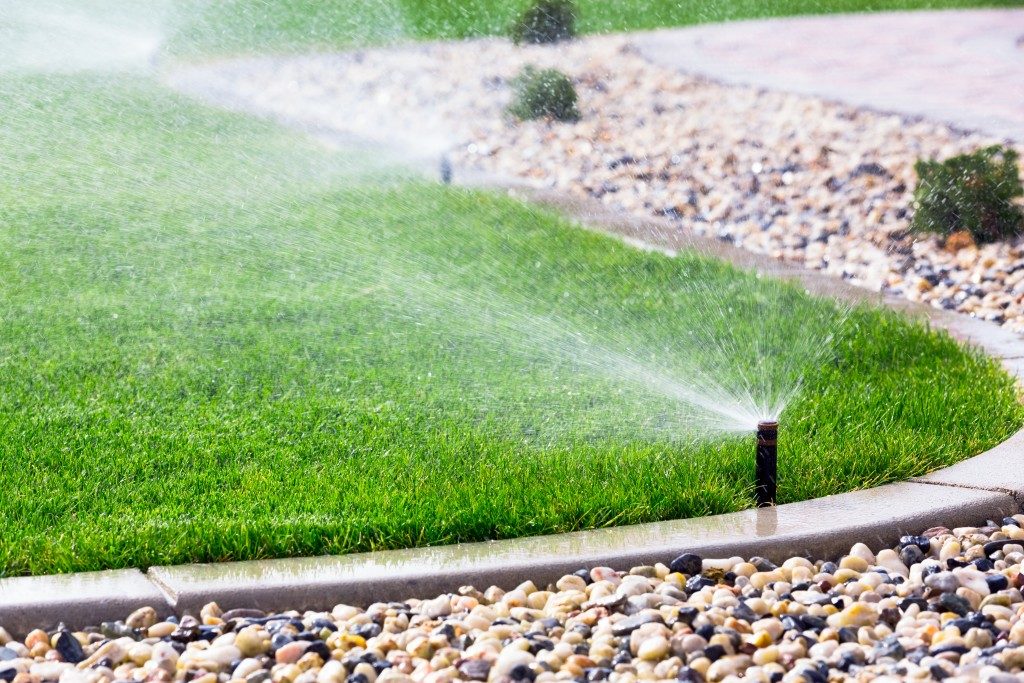It is every parent’s wish for their kids to grow up safe and healthy. And with that comes the awareness that a child’s safety and upbringing are the parent’s responsibility. Children develop and learn many of the habits and lessons they bring into their adult life at home. That’s why it’s crucial to create a child-friendly atmosphere as early as they’re babies. Here are some ways you can make your home even more child-friendly.
Make Sure Your House is Safe
Of course, a priority when making your home child-friendly is safety. As a parent, it can be quite difficult to feel secure letting them move around if your place isn’t safe. Here’s a quick checklist for you to go over.
Choose the Right Flooring: especially if you have toddlers, or even pre-teens, having the correct flooring is paramount to keeping their safety. Kids will be running around, bumping into things, and in the case of babies, crawling. You want the floor to be a safe surface where they won’t skid, trip, or bump hard.
Cover the Edges Your Furniture: protecting your kids from the sharp edges of your furniture just as important as making sure your flooring is safe. Your tables, TV racks, shelves, and more all have pointed corners that can pose a threat to children. Make sure to cover them with furniture edge coverings.
Cover power outlets: another important thing to remember is power outlets lying in the open. They’re often at a height where children can reach them easily, posing a danger to kids everywhere. Cover them with socket plugs to ensure that kids won’t poke a fork or anything of that nature.
Have an Outdoors Space
Growing children need all the exercise they can get. This isn’t just for their physical development, but also to cater to that child-like fun that comes once in our lives. They need a space where they can run all over, jump around, and play while making sure they’re safe.
An outdoor space is a great way to counteract the growing worry of living sedentary lifestyles that technology often causes. Many children nowadays are very much aware of using technology (like computers, smartphones, and tablets) and aren’t very excited to play around. However, by providing a space where they can move and express their energies, you’re teaching them the value of moving around and the fun that physical play brings.
If you have a backyard, then that makes matters very convenient for you. It’s also a good idea to hire a professional landscaper to give your kids a safe grass area that can be a good place to play in and a place where they can feel closer to nature.

Create a Dedicated Study Room
As with us adults, children need a dedicated space free from distractions, which sets the mood for studying or reading. Having a space that’s purposefully created for their learning will help shape good study habits for children. This is particularly helpful nowadays, as many schools offer homeschooling alternatives to avoid going out in groups.
Many houses often have large storage closets, which becomes a space to dump all unused items. With a bit of creativity and ingenuity, you can turn a storage closet into a cozy study room for your kids. Designing the room together can also be a great way to share experiences and bond with your little ones.
Encourage Creativity and Curiosity
Keeping a house clean and pristine is great, but if you want to foster children’s natural curiosity, it’s better to allow for more creative designs in the house. Of course, you wouldn’t want it to look like a funhouse from an amusement park. So instead of having something child-themed in every room, have dedicated child-friendly areas. The kids’ bedroom is the most obvious, but you could also have a kids’ nook in the living area. Use the space under your stairs -your spandrel, and turn it into a mini lounge, library, or playpen. The idea is to create a small spot that’s “kids only,” where drawing on walls is allowed or building Lego is safe.
Instead of storing all your kid’s toys and belongings in boxes that are big and bulky, consider putting them away in open shelving. This way, your child can display their toys, books, or musical instruments. It will teach them organizational skills, but it will also allow them to show off their stuff and be a constant reminder for them to practice.
Raising children is not only about scholastic efforts. It’s holistic and involves environmental influences. Growing up in a home that promotes growth and development in all aspects will impact children more than you think.









